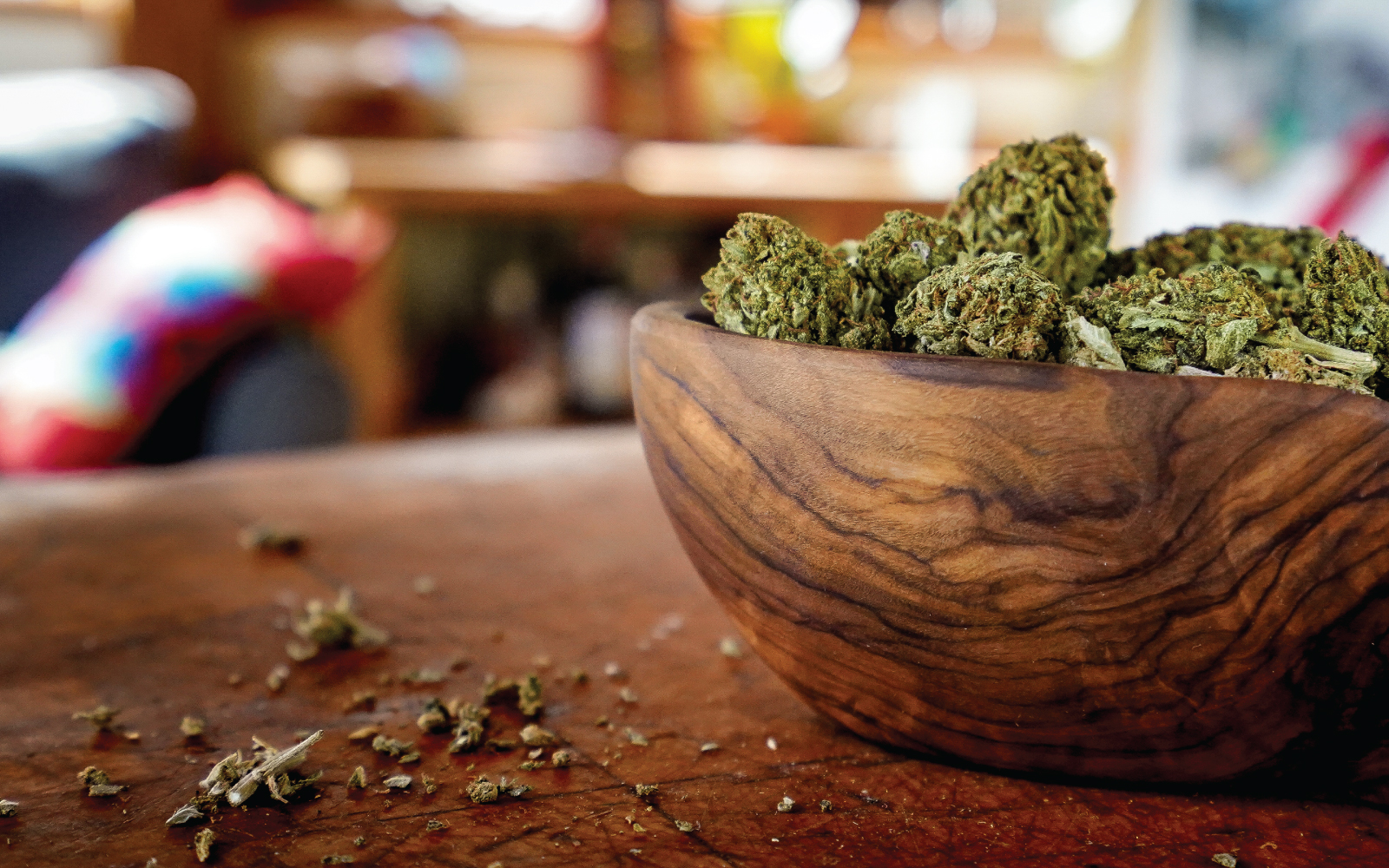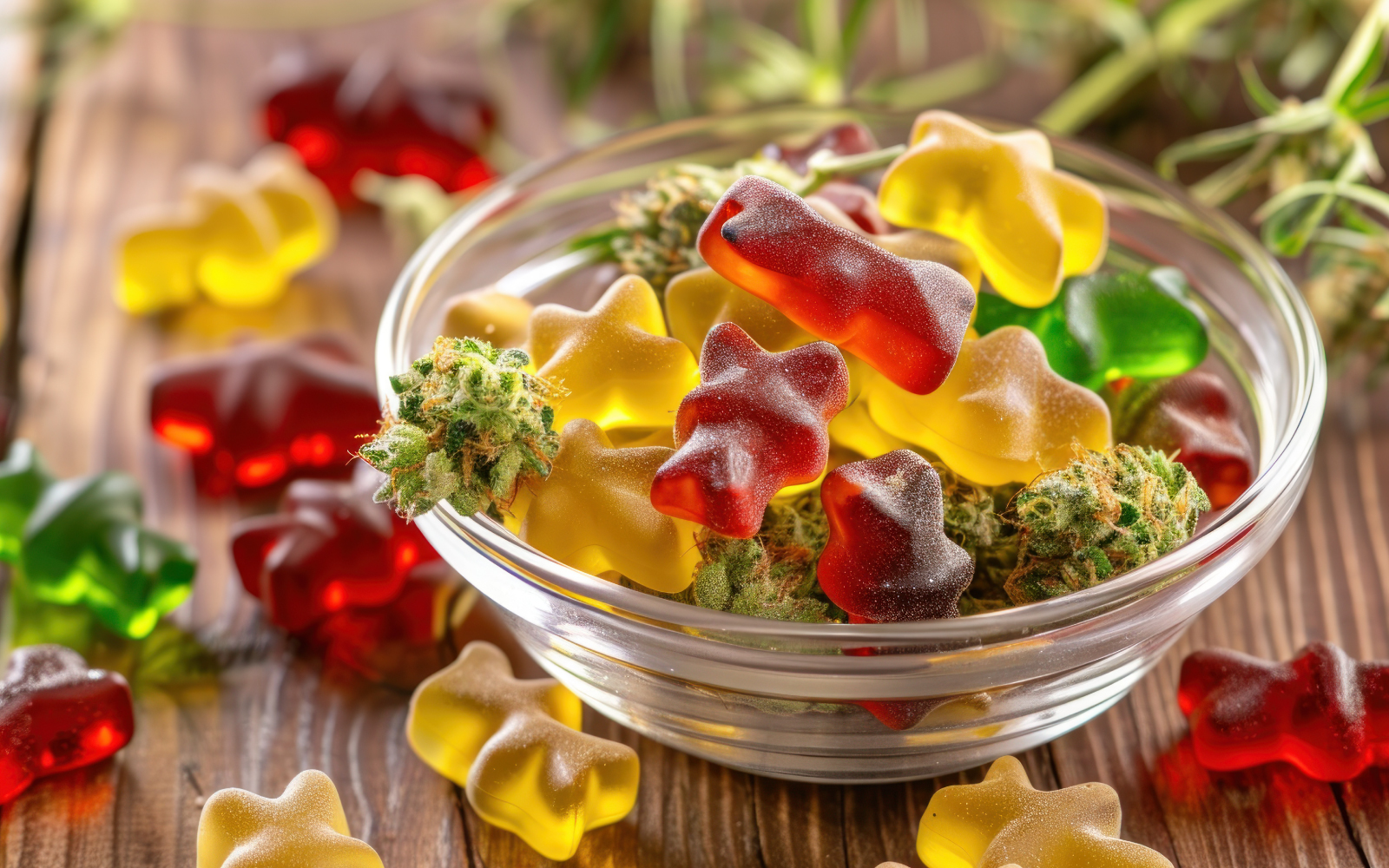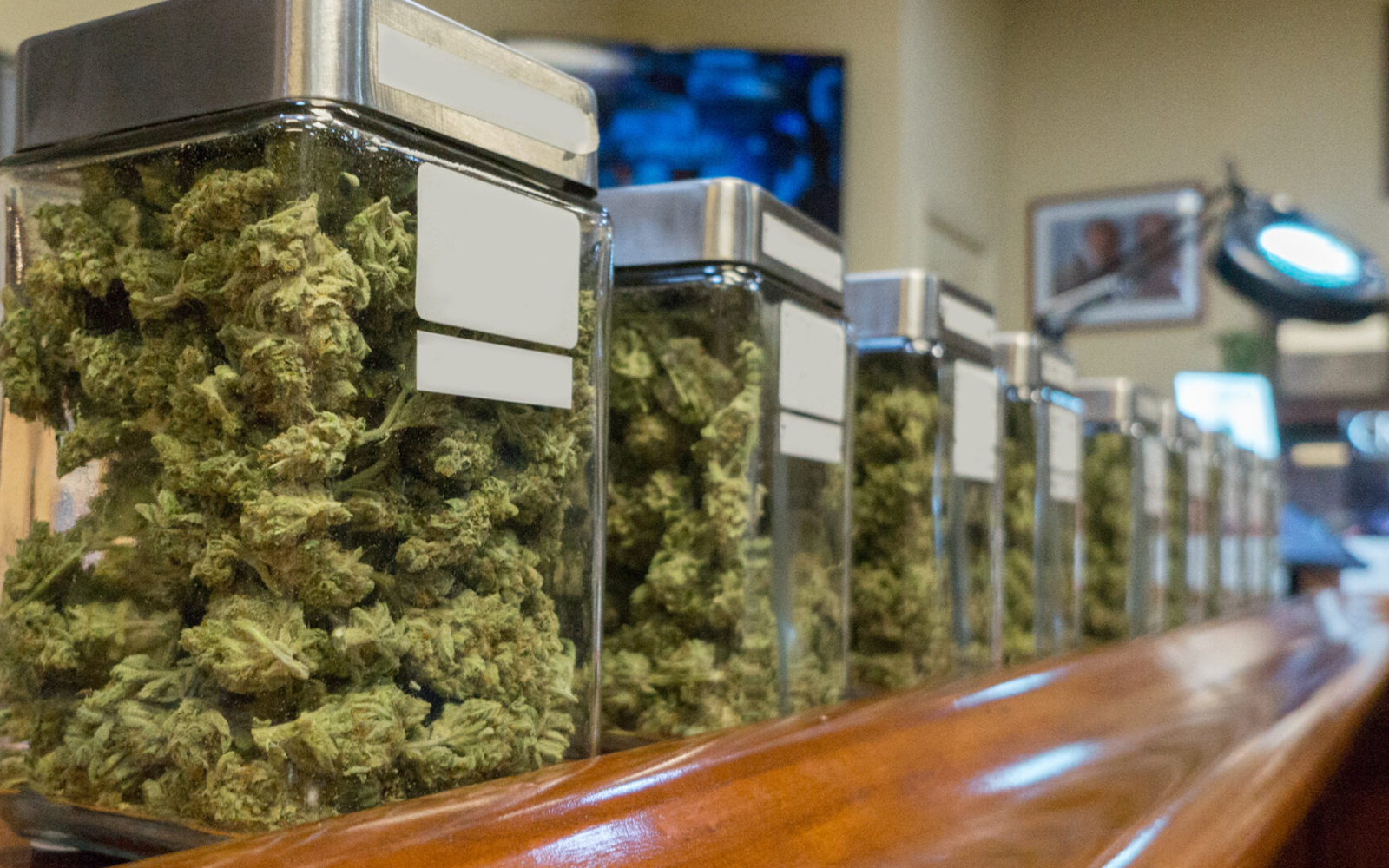As any other organic product cannabis is highly responsive to conditions of its growing and processing. For either a casual or medicinal consumer, maintaining the quality, potency, and freshness of cannabis flowers is paramount, when enjoying buds. Being able to preserve the smell experience, the taste, and the potency of the cannabis that you enjoy takes months to achieve if done right so storage is very important. In this post, we will dive deeper into cannabis flower storage and share some of the best practices to adopt to enhance the flower’s shelf life and potency. Whether you’re looking for the perfect container or setting up the ideal climate, it’s time to learn all about storing your cannabis.
Why Proper Storage is Crucial for Cannabis Flowers
Before we get into the specifics of how to store cannabis, let’s understand why it’s important to store cannabis properly in the first place.
- Preserving Potency
Cannabis contains a range of compounds, including cannabinoids (such as THC and CBD) and terpenes, which are responsible for its effects, flavor, and aroma. Over time, these compounds can degrade when exposed to light, heat, and air. This results in a loss of potency and quality, which could reduce your cannabis experience.
- Maintaining Aroma and Flavor
The aromatic compounds in cannabis, known as terpenes, are extremely volatile and can dissipate when cannabis is not stored in the right conditions. If exposed to unfavorable conditions, your buds may lose their signature fragrance and taste. Proper storage helps preserve that fresh, appealing aroma and flavor profile.
- Preventing Mold and Mildew
Cannabis is a high-moisture product. If the environment isn’t right, mold and mildew can grow, making your cannabis unsafe to consume. Storing cannabis flowers in the right conditions helps prevent this growth and keeps your flowers safe and fresh.
- Saving Money
If you store cannabis correctly, you avoid wasting your investment. Cannabis can be expensive, especially premium strains. Proper storage ensures that you can enjoy your flowers at their best without losing their quality over time.
Ideal Storage Conditions for Cannabis Flowers
When it comes to cannabis storage, there are a few key factors to consider: light, temperature, humidity, and air exposure. Let’s break down each of these elements and how to control them.
1. Light Exposure
Light is one of the biggest enemies of cannabis when it comes to storage. UV rays can degrade the cannabinoids and terpenes, leading to a loss of flavor, potency, and quality. To protect your cannabis flowers:
- Store in Opaque Containers: Transparent jars or bags expose your cannabis to light, so always choose containers that block light, such as amber glass jars, ceramic containers, or vacuum-sealed bags.
- Avoid Sunlight: Keep your cannabis in a dark place, away from direct sunlight, which can speed up the degradation process.
2. Temperature Control:
Temperature plays a major role in the preservation of cannabis. If stored in excessively hot or cold environments, the cannabinoids and terpenes can degrade or even evaporate. Here’s what to keep in mind:
- Cool, Not Cold: Cannabis flowers should be stored at room temperature or slightly cooler. The ideal temperature range is between 60°F to 70°F (15°C to 21°C). Temperatures higher than this can dry out the buds and cause the cannabinoids to break down.
- Avoid Freezing: While freezing may seem like a good option for long-term storage, it can cause the trichomes (the tiny, resin-producing glands on the cannabis flowers) to become brittle and break off. This leads to a loss of potency and overall quality. Freezing is generally not recommended unless you have no other option.
- Don’t Store Near Heat Sources: Avoid storing your cannabis near heaters, radiators, or appliances that generate heat. Heat accelerates the degradation process and dries out your buds.
3. Humidity Control
Humidity is one of the most important factors in maintaining the freshness of cannabis flowers. Too much moisture can lead to mold, while too little can dry out the buds, making them harsh to smoke or vape. The optimal relative humidity (RH) for cannabis storage is between 55% and 62%.
- Humidity Packs: To maintain the right humidity level inside storage containers, you can use humidity packs. These packs, such as those made by Boveda or Integra, regulate the moisture content of the air in the container and keep the cannabis at an ideal RH level.
- Humidity Monitoring: Consider investing in a hygrometer to keep track of the humidity level inside your storage containers. This allows you to adjust the environment as needed to ensure freshness.
4. Air Exposure
Air, specifically oxygen, is another factor that can degrade cannabis. Over time, exposure to oxygen causes oxidation, which leads to the degradation of terpenes and cannabinoids. The more air cannabis is exposed to, the faster the flowers will lose their potency and aroma.
- Vacuum-Sealed Containers: For long-term storage, vacuum-sealing your cannabis is an excellent option. By removing the air, you can slow down the oxidation process and keep your cannabis fresh for longer.
- Glass Jars with Tight Seals: If vacuum sealing is not an option, using glass jars with airtight lids is a great alternative. Make sure the lids are tight and seal properly to minimize air exposure.
How to Properly Store Cannabis Flowers
Now that you know the factors and containers involved, let’s look at the step-by-step process of storing cannabis flowers.
- Harvest and Cure the Cannabis: If you’re storing cannabis from your own garden, make sure it’s properly cured. The curing process ensures that moisture levels are regulated, preventing mold growth. If your buds are still too moist when placed in storage, they will mold over time. Curing takes 1-2 weeks in a cool, dark, and dry place.
- Select the Right Container: As discussed, use an airtight container that is dark and humidity-controlled. You can use glass jars, vacuum-sealed bags, or Mylar bags based on your storage needs.
- Store in a Cool, Dark Place: Place the container in a cool, dry, and dark environment. Avoid storing your cannabis near heat sources, such as radiators or direct sunlight. A closet, cupboard, or drawer is usually a good place for storage.
- Check Regularly: Make sure to check on your cannabis every once in a while to ensure it’s staying fresh. Look for any signs of mold, dryness, or excessive moisture. Use a hygrometer to monitor the humidity levels and adjust with humidity packs if necessary.
Conclusion
Storing cannabis flowers properly is an essential part of ensuring their long-term freshness, potency, and overall quality. By following the right storage practices-keeping them in airtight containers, away from light, heat, and excess moisture, and ensuring proper humidity control-you can preserve your cannabis for extended periods and enjoy it at its best.
Whether you’re storing for a few weeks or months, the effort you put into proper cannabis storage will pay off in preserving your investment and maximizing your enjoyment. So, get yourself the right storage containers, and remember: treat your cannabis like the valuable commodity it is!







